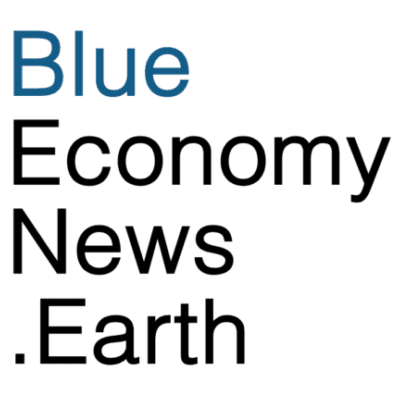The Science Based Targets initiative (SBTi) has launched its first Financial Institutions Net-Zero Standard—a science-based, robust, and credible framework that enables financial institutions to align financial flows with pathways to limit global warming and achieve net-zero emissions by no later than 2050.
The European Central Bank estimates that drought-related risks alone could shrink Eurozone GDP by 15%, putting over €1.3 trillion in loans at risk. One study estimated that the indirect economic losses from climate change on global supply chains alone could bring net economic losses of up to $25 trillion by 2060.
Financial institutions play a critical role in the global economy’s transformation to net-zero. Climate risks are intensifying through both transition risks—such as abrupt changes in policies, technological innovations, or consumer preferences—and physical impacts, including floods and droughts. All these risks threaten the stability of the financial system. By aligning lending, investment, and underwriting decisions with climate goals, financial institutions can steer capital toward the solutions needed to decarbonize the real economy.
SBTi argues setting science-based targets is a key step to mitigate exposure to climate-related risks, build resilience, and maintain competitiveness in a rapidly transforming market, all while supporting the global net-zero transition. The Financial Institutions Net-Zero standard is structured in line with the net-zero journey of financial institutions: commitment to net-zero, base year assessment, development of policies and targets, assessment of progress, and communications and claims related to this process.
Compared to the existing Financial Institutions Near-Term Criteria it includes a more comprehensive set of asset classes and financial activities (i.e., insurance underwriting and capital market activities); extended use of more actionable metrics and targets (in addition to emission reduction targets); and policies to align the most emission intensive activities, such as financing for fossil fuel activities and deforestation.
To facilitate interoperability with the wider climate action ecosystem, the Standard permits the use of a range of methodologies to measure progress on portfolio alignment, including those from third-party providers. The Financial Institution Net-Zero Standard Implementation List outlines which methodologies meet the SBTi’s quality criteria and can be used to track progress against alignment targets. Together with the SBTi Corporate Net-Zero Standard they cover all emissions scopes and categories.
The Financial Institutions Net-Zero Standard is used for setting targets on financial activities (scope 3, category 15 emissions), while the Corporate Net-Zero Standard covers scopes 1, 2, and 3 categories 1-14 emissions. The Financial Institutions Net-Zero Standard indicates when businesses are required or recommended to use the Corporate Net-Zero Standard or relevant sector-specific guidance and standards.
Created in consultation with, and tested by, financial institutions, the standard is designed for institutions of all sizes and geographies to use across their lending, asset owner investing, asset manager investing, insurance underwriting, and capital market activities.

